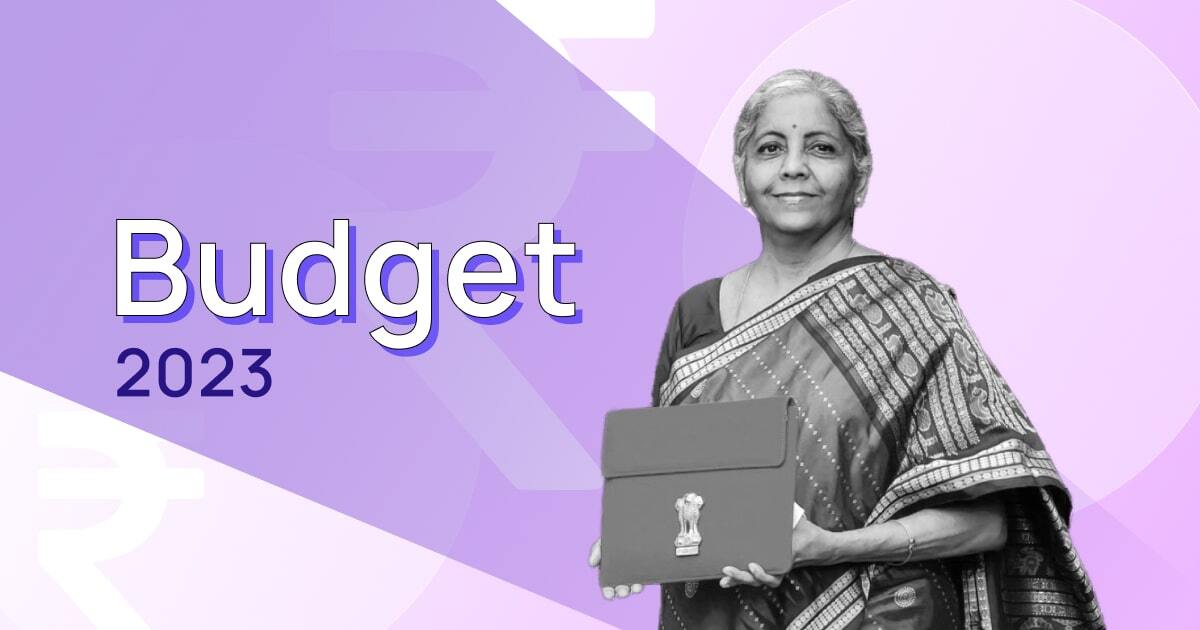Another year, another Union Budget.
With inflation dulling the market in 2022, the people of India were hoping for some much-needed good news in the 2023 budget. On February 1st, Finance Minister Nirmala Sitharaman presented the upcoming fiscal year’s Union Budget.
So what does it look like? What’s included, and what’s been left out? Let’s find out.
New Crypto Regulations?
We know it’s the elephant in the room, so let’s get it out of the way right now. There were no updates regarding cryptocurrencies or other digital assets during the presentation. Expect the rules from the previous year to continue, including the 30% tax on all capital gains experienced from crypto investments.
Pre-Budget Expectations
Crypto enthusiasts have been clamoring for a more favorable tax regime for cryptocurrencies in the country. The high TDS was a point of concern for most players in the crypto space. The 1% TDS on top of a 30% flat tax, was proving to be a huge burden for everyone who’d bet their money on crypto. But there were quite a few reforms introduced.
Other Highlights From the Budget
1. Tax rebate
For starters, the Finance Minister announced that individuals with an annual income of up to ₹7 lakhs would be exempt from tax liabilities. This rebate has been increased from ₹5 lakhs earlier. The revised tax slabs under the new tax regime look like this for every individual who earns over ₹7 lakhs.
- 0 to ₹3 lakhs – Nil
- ₹3 to ₹6 lakhs – 5%
- ₹6 to ₹9 lakhs – 10%
- ₹9 to ₹12 lakhs – 15%
- ₹12 to ₹15 lakhs – 20%
- Above ₹15 lakhs – 30%
2. Surcharge rate
A surcharge, or additional charge, is essentially a tax levied on a tax. It is calculated on your payable tax and not on your overall income. Budget-23 proposed to reduce the highest surcharge rate from 37% to 25%. This will bring down the maximum tax rate from 42.74% (among the highest in the world) to 39%.
3. Rising and falling prices of goods
Things that are set to fall in price:
- TVs- customs duty reduced on TV panel parts
- Mobile phones- import duty reduced on equipment
- Shrimp feed
- Lab-grown diamonds- customs duty reduced on seeds used in manufacturing
Things that will get more expensive:
- Cigarettes- 16% tax increase
- Articles made from gold, platinum, and silver
- Compounded rubber
- Electric kitchen chimney
4. Reducing fiscal deficit
Fiscal deficit is the difference between the total revenue and total expenditure of a government. It arises when the government’s spendings are higher than its earnings. India’s current fiscal deficit is 6.4% of the GDP, and Budget-23 intends to bring it down to 5.9% for FY 2023-24.
5. Going green
Ms. Sitharaman was clear on the fact that sustainable development is a big priority. The budget has allocated adequate funds for phasing out and scrapping unfit/old vehicles from Indian roads in an eco-friendly manner.
The National Green Hydrogen Mission will enable the transition to low-carbon intensity. The budget also allocates ₹35,000 Cr. towards energy transformation and net-zero emission goals.
The green credit program will incentivize environmentally responsible actions by companies.
Our Takeaway
The new tax regime is bound to be attractive to the Indian middle class.
However, the lack of regulations for crypto and other digital assets is disheartening. Indian crypto investors are migrating to foreign exchanges and taking their funds with them, owing to the regulations (or lack of them) in our country. Although this does not change the impact of taxation for these investors, it is done in the hope that sometime down the line, there will be proper regulations in place. The only way to bring them back is to introduce more lenient tax laws, among other major changes that are absolutely necessary for the growth of crypto in India. While the initiative wasn’t taken this time, we are hopeful for a brighter future for digital assets in the country.




